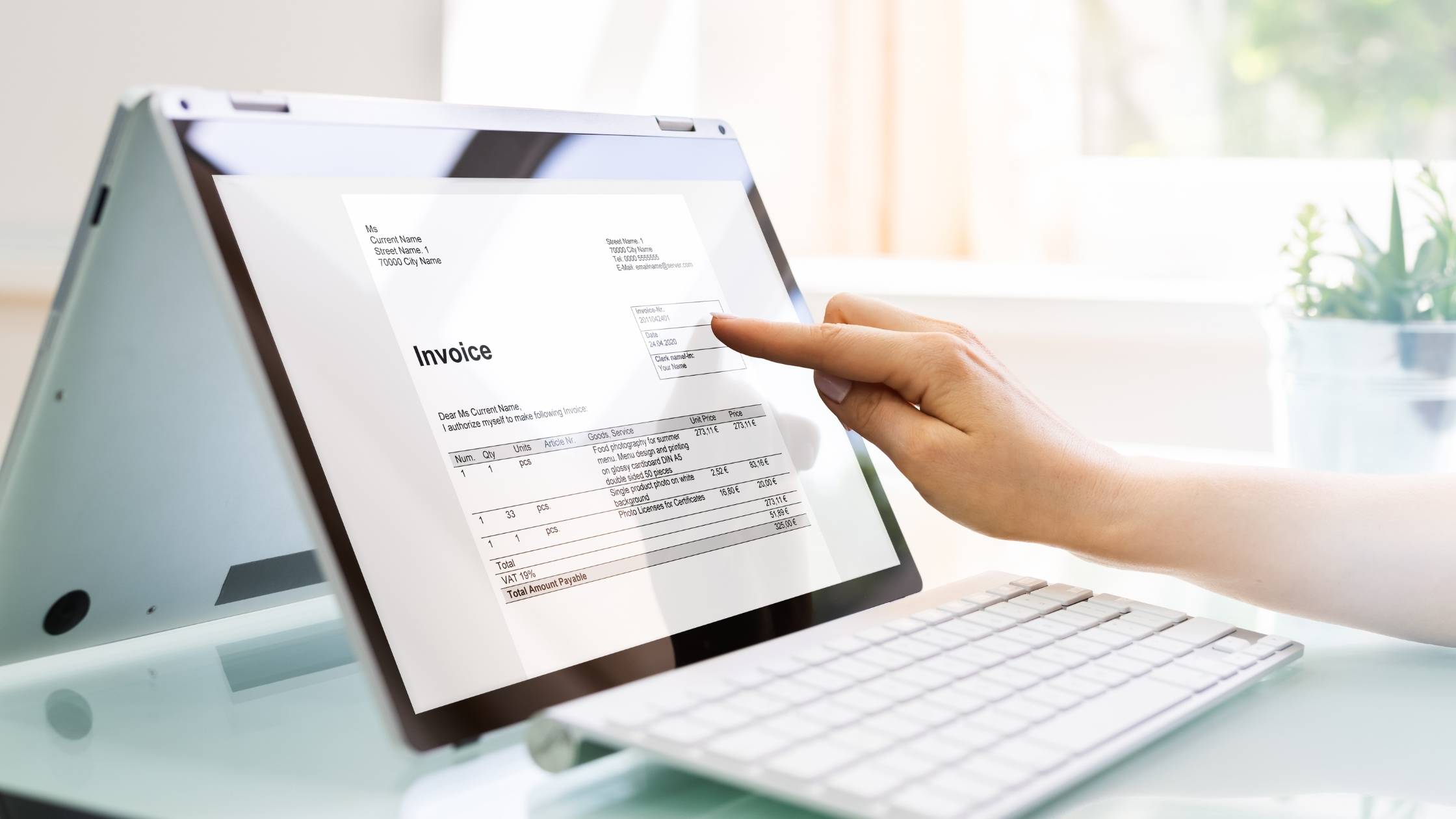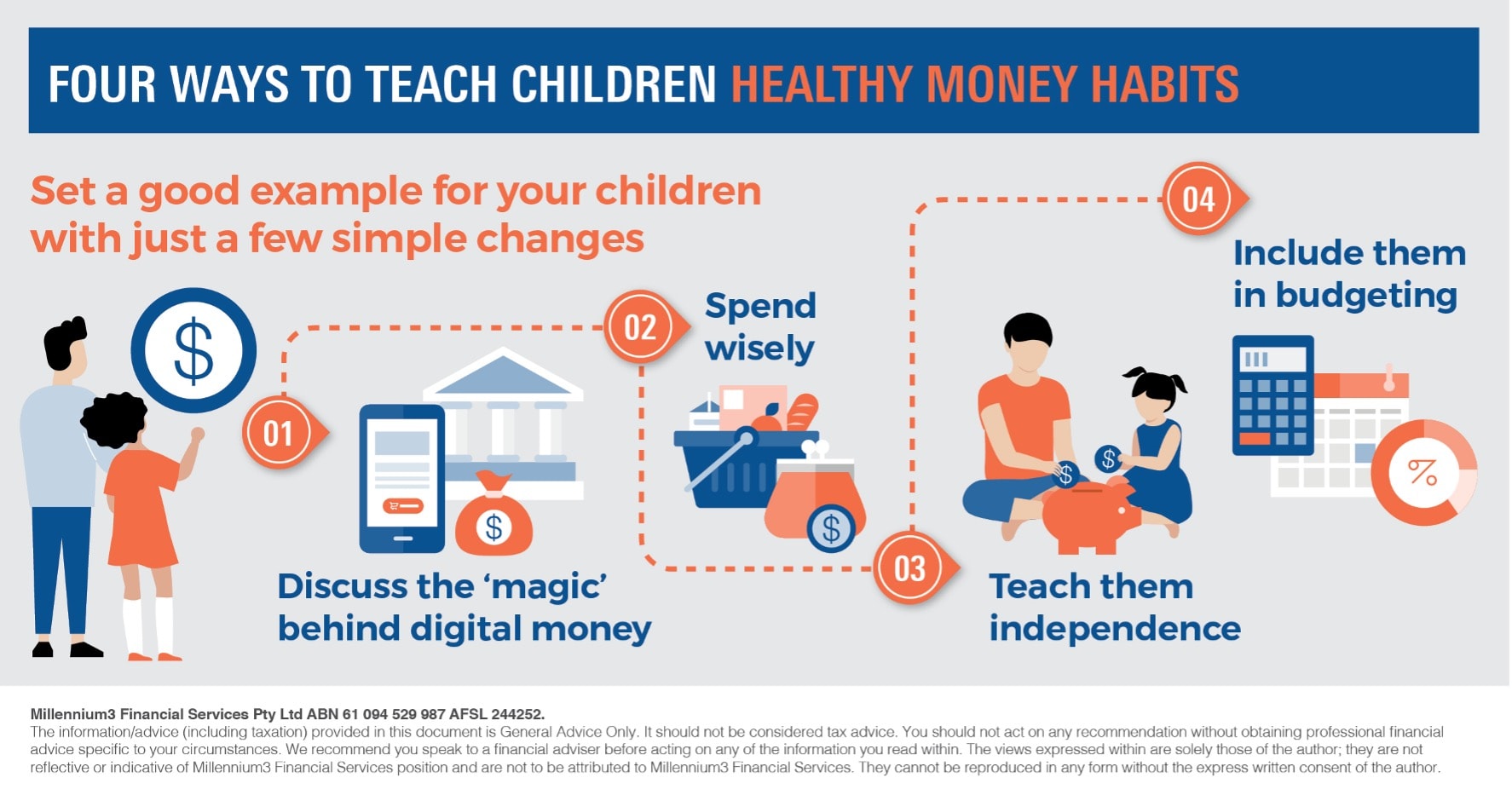Taxation and Accounting Overview
The Budget lists increased support for unemployed Australians as the single largest item of new spending, with $697.4 million in new spending in 2020-1 and $9.46 billion over five years, including the four years of the Forward Estimates.
However the Budget splits Aged Care spending into two separate items – residential care and home care. Together these account for $18.25 billion in new spending over five years. The Budget also includes $13.2 billion over four years for the NDIS.
The Budget deficit will reach $161 billion in 2020-21, before falling to $57 billion in 2024-25. Net debt will increase to $617.5 billion or 30.0 per cent of GDP this year and peak at $980.6 billion or 40.9 per cent of GDP in June 2025.
The Budget includes a further $1.9 billion for the roll out of vaccines. It provides another $1.5 billion for COVID-related health services, including for testing and tracing, respiratory clinics and telehealth.
To read our comprehensive Budget report outlining the changes to taxation and accounting, please click here. For all other Budget documents, including an overview from the Australian Government, please visit the Budget website: https://budget.gov.au/.
We have provided an overview for tax, superannuation and other key areas as follows.
Personal tax
The Budget provides $7.8 billion in tax cuts by retaining the low and middle income tax offset (LMITO) in 2021-22. LMITO, which was introduced as a coronavirus measure was due to expire in June 2021.
An additional $25.1 billion in tax cuts announced in previous Budgets are expected to flow to households in 2021-22.
Around 10.2 million individuals will benefit from retaining the offset in 2021-22, which is worth up to $1,080 for individuals or $2,160 for dual income couples.
Business tax concessions
The Budget extends by one year two business tax concessions announced in the 2020-21 Budget — temporary full expensing and temporary loss carry-back. Together, temporary full expensing and temporary loss carry-back provide an incentive for businesses to bring forward investment to access the tax benefits before they expire.
Combined, the extension of the temporary full expensing and temporary loss carry-back measures is estimated to deliver a further $20.7 billion in tax relief to businesses over the forward estimates.
Small business tax disputes
The Budget confirmed a pre-Budget announcement allowing small businesses to litigate tax disputes with the Australian Tax Office before Administrative Appeals Tribunal, rather than the slower and more expensive litigation before the Federal Court, as at present.
Skills and training
The Budget provides $2.7 billion for more than 170,000 new apprenticeships and traineeships including 2,700 places in Indigenous girls academies to help them finish school and enter the workforce, and more STEM scholarships for women, in partnership with industry.
Manufacturing innovation
The Government has established a new “patent box” starting on 1 July 2022. Under the patent box, income earned from new patents that have been developed in Australia will be taxed at a concessional 17 per cent rate. The patent box will apply to the medical and biotech sectors and the Government said will consult on expanding it to the clean energy sector.
Superannuation
- The Budget Increases the amount that can be released under the First Home Super Saver Scheme from $30,000 to $50,000.
- It also removes the $450 per month minimum income threshold for the superannuation guarantee. The Treasurer said, “This will improve economic security in retirement for around 200,000 women.”
- The Government has removed the work test on voluntary superannuation contributions to superannuation by people aged 67 to 74.
- It will also allow those aged over 60 to contribute up to $300,000 into their superannuation if they downsize their home, freeing up more housing stock for younger families.
- The Pension Loan Scheme has been expanded, providing immediate access to lump sums of around $12,000 for singles, and $18,000 for couples.
Higher education
The Budget provides an extra 5,000 places in higher education short courses.
Childcare
The Budget confirms the pre-Budget announcement of $1.7 billion investment in childcare.
Digital infrastructure
The Budget contains $1.2 billion for a Digital Economy Strategy. It will
- Establish a new national network of Artificial Intelligence Centres to drive business adoption of these new technologies.
- Expand the Cyber Security Innovation Fund to train the next generation of cybersecurity experts.
- A digital skills cadetship trial which combines workplace and vocational training.
Need help?
If you would like assistance to interpret these changes and how they may affect your individual circumstances or your business, please contact your Allan Hall Advisor on 02 9981 2300.
CONTACT US








